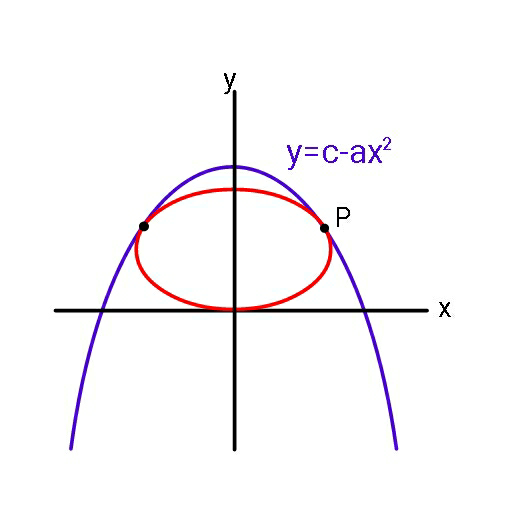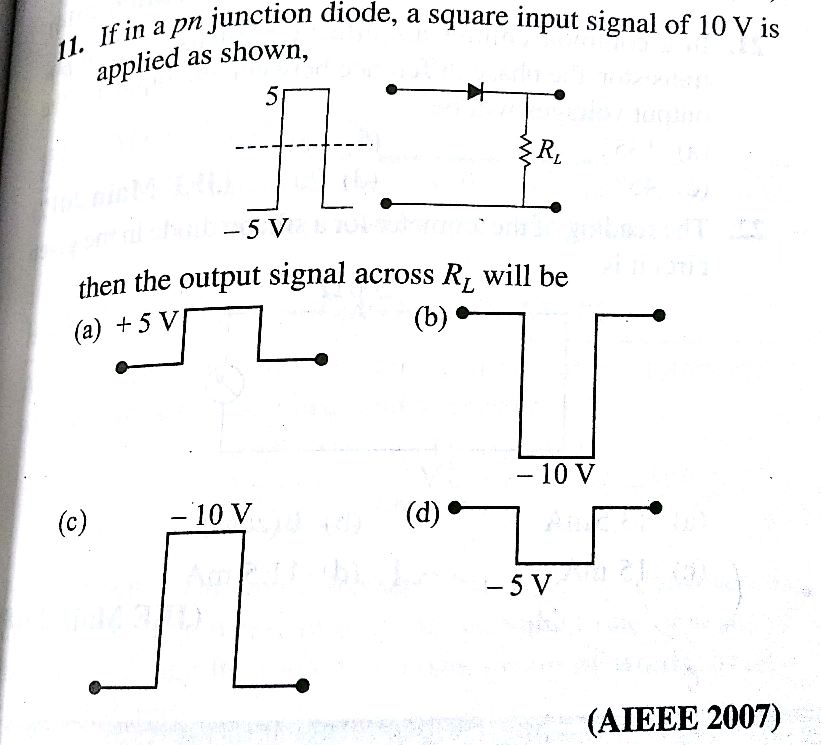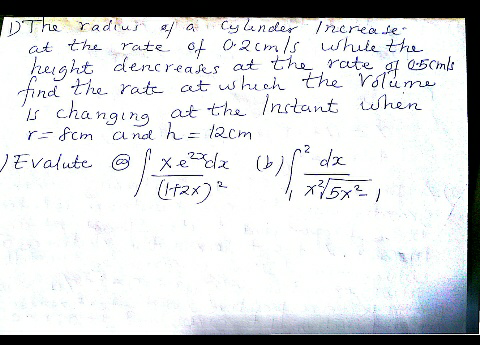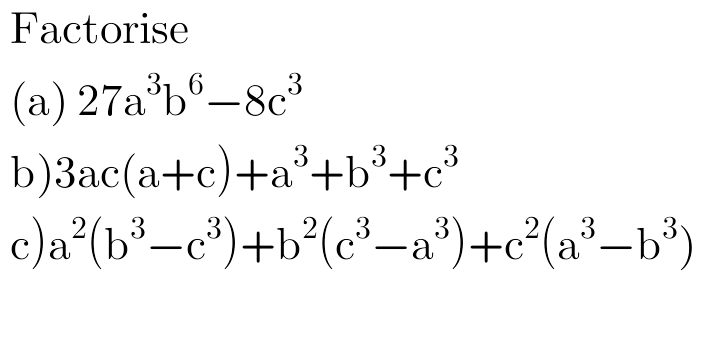
AllQuestion and Answers: Page 1599
Question Number 49396 Answers: 0 Comments: 0
Question Number 49394 Answers: 1 Comments: 1

Question Number 49392 Answers: 1 Comments: 0

Question Number 49389 Answers: 2 Comments: 0
Question Number 49384 Answers: 1 Comments: 1

Question Number 49367 Answers: 5 Comments: 5
Question Number 49365 Answers: 2 Comments: 1

Question Number 49362 Answers: 1 Comments: 7

Question Number 49360 Answers: 0 Comments: 4

Question Number 49359 Answers: 1 Comments: 0

Question Number 49358 Answers: 1 Comments: 0

Question Number 49357 Answers: 2 Comments: 1

Question Number 49356 Answers: 1 Comments: 1

Question Number 49355 Answers: 1 Comments: 0

Question Number 49354 Answers: 3 Comments: 0

Question Number 49344 Answers: 1 Comments: 1
Question Number 49343 Answers: 0 Comments: 1
Question Number 49342 Answers: 0 Comments: 0
$${find}\:\int_{\mathrm{0}} ^{\mathrm{1}} \:\:\frac{{e}^{{x}} }{\mathrm{1}+{x}}{dx}\:. \\ $$
Question Number 49340 Answers: 0 Comments: 0

Question Number 49333 Answers: 0 Comments: 0

Question Number 49331 Answers: 1 Comments: 2
Question Number 49326 Answers: 0 Comments: 0
Question Number 49337 Answers: 0 Comments: 0

Question Number 49299 Answers: 3 Comments: 3

Question Number 49296 Answers: 2 Comments: 0

Question Number 49298 Answers: 4 Comments: 0

Pg 1594 Pg 1595 Pg 1596 Pg 1597 Pg 1598 Pg 1599 Pg 1600 Pg 1601 Pg 1602 Pg 1603
